Indoor plants are a great way to bring life and beauty into your home, and they can even help purify the air! But, along with the joy of having plants in the home, comes the worry of pests. Tiny bugs in houseplant soil can be a real problem and can cause damage to your plants if left uncontrolled. Learning how to identify and get rid of these bugs is essential for keeping your plants healthy.
The most common tiny bugs found in houseplant soil are fungus gnats, springtails, and thrips. In order to identify and get rid of these bugs, it is important to inspect the soil of your plants regularly. Look for any small, dark insects or small white bugs that jump when disturbed. If you spot any of these bugs, you can use a few different methods to get rid of them.
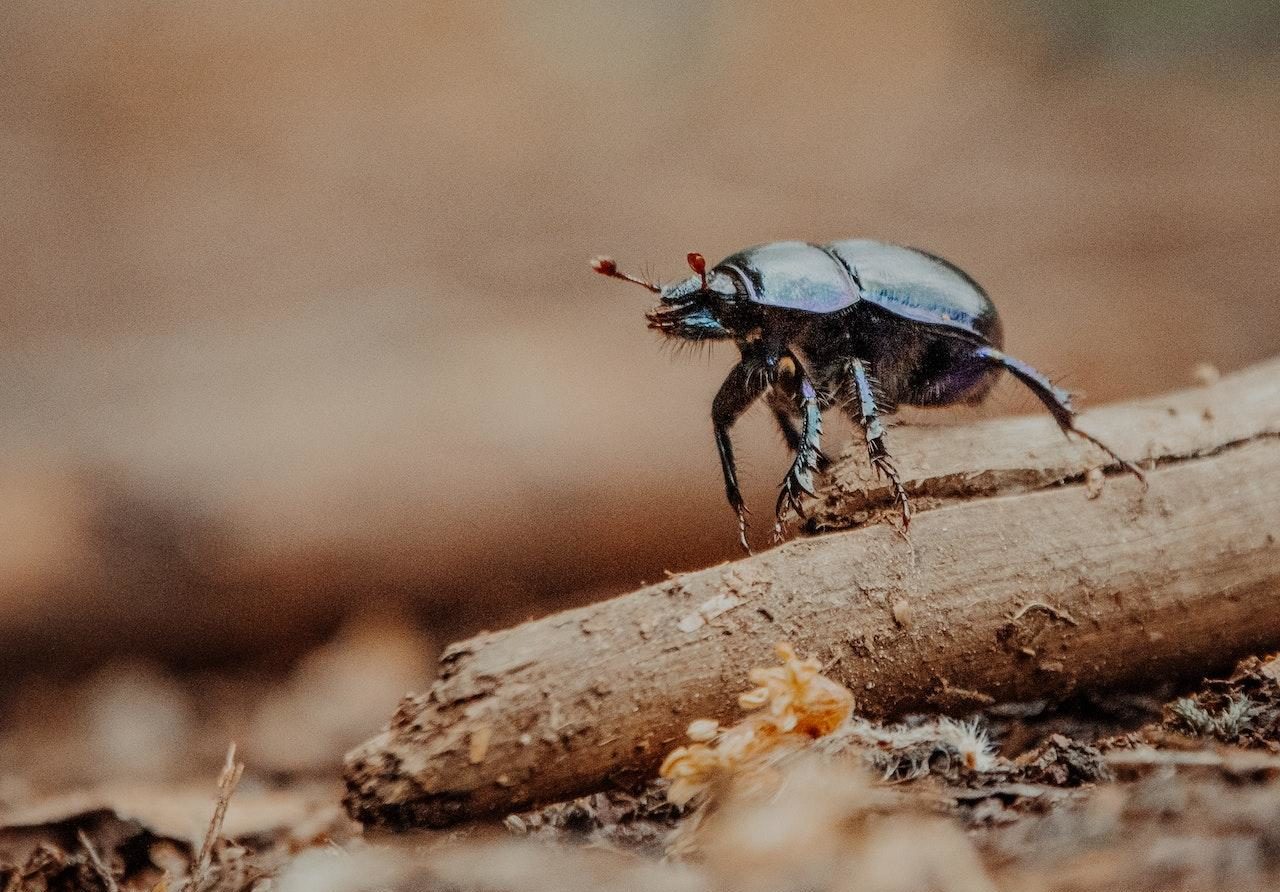
Credit: Pexels
Getting rid of tiny bugs in houseplant soil can be a challenge, but with the right techniques and products, you can keep your plants healthy and pest-free. Regular inspection, repotting in fresh soil, using insecticidal soap or horticultural oil, and introducing beneficial insects can all help to get rid of the bugs. You’ll find more tips in this post.
Identification Of Tiny Bugs In Houseplant Soil
Identifying the type of tiny bug that is living in the soil of your houseplant can be a difficult task. The most common tiny bugs that can be found in houseplant soil are fungus gnats, springtails, and root mealybugs. To help you identify and get rid of these bugs, here are a few tips.
1. Fungus Gnats
Fungus gnats are small, dark-colored flying insects that are about 1/8th of an inch long. They have long, thin wings and long legs. They tend to fly around the top of the soil, but can also be seen flying around the leaves and stems of the houseplant.
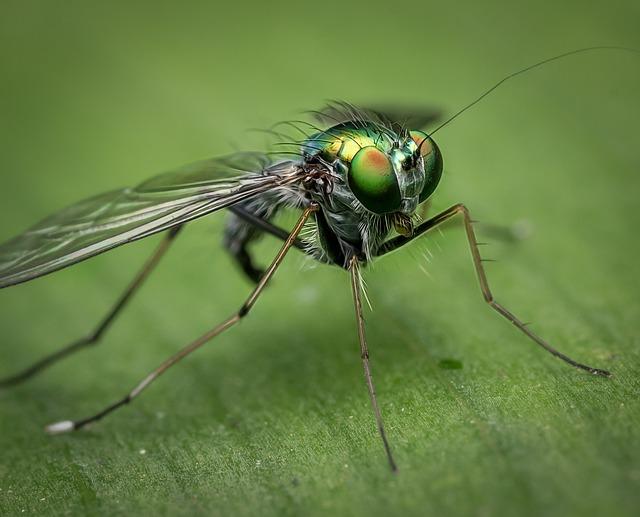
To get rid of fungus gnats, use an insecticide or nematode spray to target the adults. To prevent them from coming back, make sure to keep the soil dry and avoid overwatering your houseplants.
2. Springtails
Springtails are small, white bugs that are 1/16 of an inch long. They are usually seen jumping around the soil or near the base of the houseplant. They feed on decaying organic matter, such as old leaves or roots. To get rid of springtails, use an insecticide spray or drench the soil with a hydrogen peroxide solution.
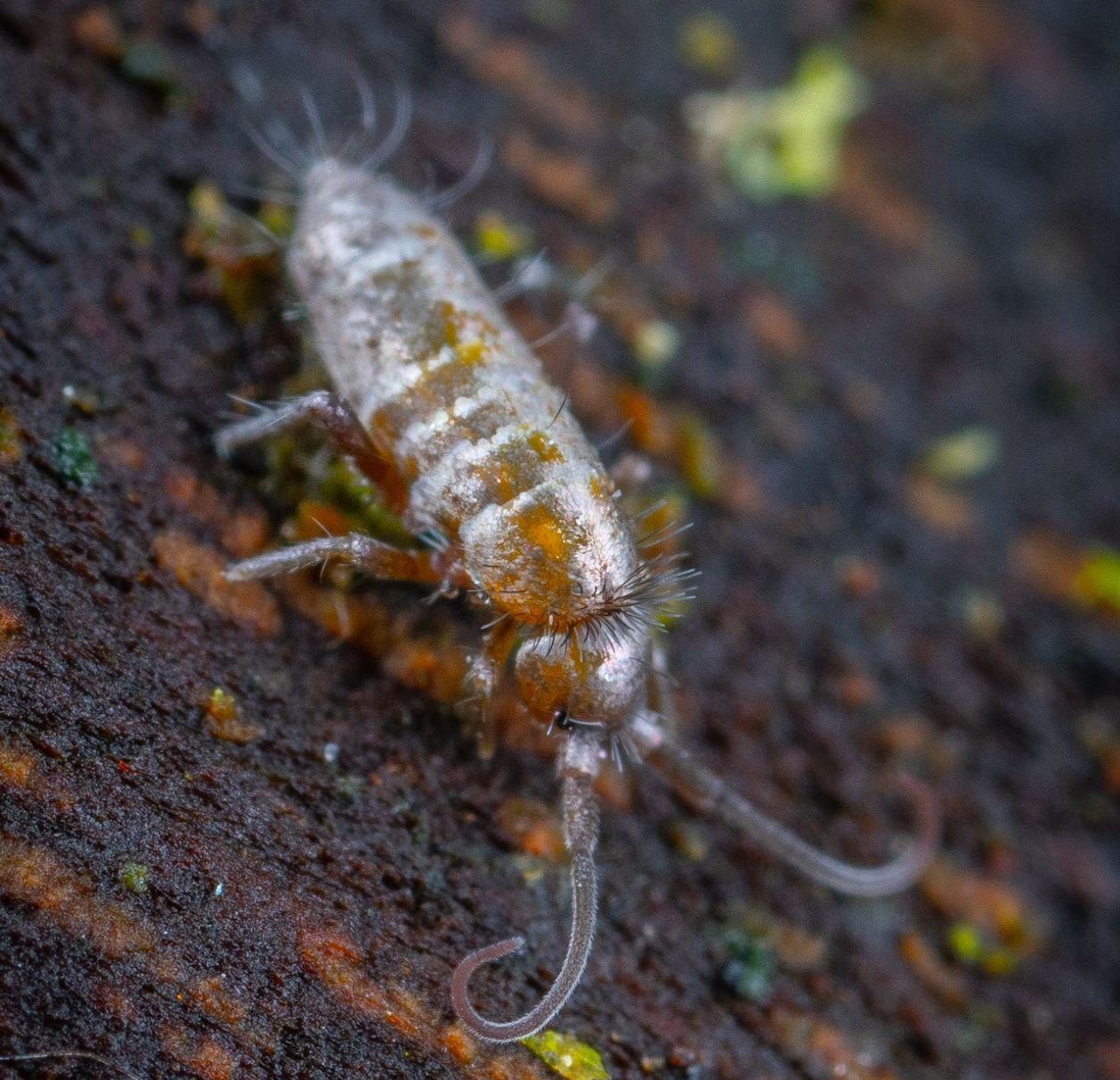
Credit: Pexels
3. Root Mealybugs
Root mealybugs are small, white bugs that are about 1/16 of an inch long. They have a cotton-like appearance and tend to cluster around the roots of the houseplant.
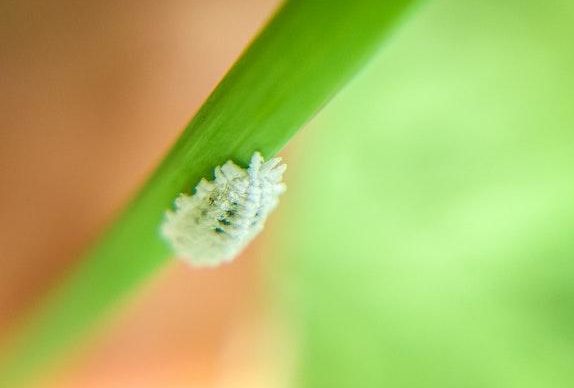
Credit: Pexels
Causes Of Tiny Bugs In Houseplant Soil
Tiny bugs in houseplant soil can be caused by a variety of factors. These include inadequate drainage, too much moisture, a lack of nutrients, and poor soil aeration. Also, certain types of insects may be attracted to the environment, which can lead to an infestation.
1. Inadequate Drainage
One of the primary reasons for tiny bugs in houseplant soil is inadequate drainage. Poor drainage can lead to waterlogged soil, which creates an environment in which some types of insects thrive.
For example, fungus gnats are often attracted to overly moist soil. This can occur if the pot does not have adequate drainage holes, or if the potting medium is too compacted. Besides, if the potting soil is too thick, it can become difficult for water to move through it.
2. Too Much Moisture
Another common cause of tiny bugs in houseplant soil is too much moisture. If the soil is not allowed to dry out between waterings, it can create an ideal environment for some types of insects. Fungus gnats, for example, are attracted to moist soil.
3. Lack of Nutrients
Lack of nutrients can also lead to tiny bugs in houseplant soil. This is because some types of insects are attracted to soils with low nutrient content. If the potting soil does not contain enough nutrients, the plant may be unable to produce enough food to sustain itself, which can attract some types of insects.
4. Poor Soil Aeration
Inadequate aeration can create an environment that is too wet and compacted. This can cause anaerobic soil conditions, which can lead to a buildup of toxins and other compounds that can attract certain types of insects.
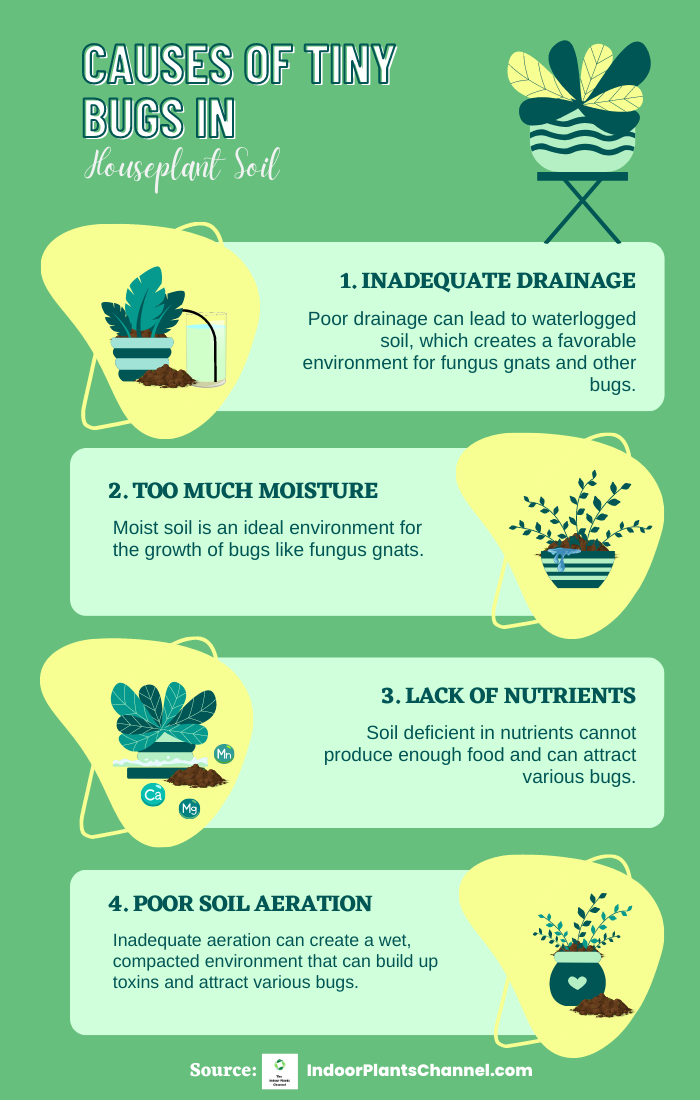
Prevention Of Tiny Bugs In Houseplant Soil
Preventing tiny bugs from taking up residence in your houseplant soil is essential for keeping your houseplants healthy and happy. Fortunately, there are several steps you can take to keep these pests away from your houseplants.
1. Inspection
The first step in preventing tiny bugs from making their home in your houseplant soil is to inspect your plants for signs of an infestation. Check for any small insects or insect eggs around the soil, on the leaves, or in the pot. If you see anything, remove it and make sure to clean the area thoroughly before continuing.
2. Aeration
The second step in preventing tiny bugs in your houseplant soil is to make sure that the soil is well-aerated. If the soil is too compact, it can create an environment where bugs can thrive. To aerate the soil, mix in some perlite or sand. This will help to create air pockets in the soil and make it harder for bugs to survive.
3. Drainage
The third step in preventing tiny bugs in your houseplant soil is to make sure the soil is well drained. Over-watering can create a damp environment that is ideal for bugs to thrive in.
To prevent this, make sure to only water your plants when their soil is dry to the touch. Additionally, make sure the pot has a drainage hole so the excess water can escape.
4. Insecticidal spray
Finally, the fourth step in preventing tiny bugs in your houseplant soil is to use an insecticidal spray. This can be used to knock out any bugs or larvae that may have already made their way into the soil. Be sure to follow the instructions on the bottle and make sure to completely cover the soil when spraying.
Bonus Tips
- Regularly inspect the soil and plants for signs of infestation.
- Remove any affected plants from the area to prevent the spread of the bugs.
- Check for signs of mold or fungus in the soil.
- Use a mixture of neem oil and water to spray the soil and plants.
- Increase the humidity around the affected plants.
Frequently Asked Questions
- What Are The Most Common Types of Tiny Bugs In Houseplant Soil?
The most common types of tiny bugs in houseplant soil are fungus gnats, aphids, mealybugs, and spider mites. Fungus gnats are small, dark-colored flies that hover around the soil surface. Aphids are small, pear-shaped insects that can range in color from green to black. Mealybugs are small, white, cotton-like insects that hide in the crevices of plant stems and leaves. Spider mites are tiny, eight-legged arachnids that spin webs over the surface of the soil.
- How Can I Tell If My Houseplant Has Tiny Bugs?
To tell if your houseplant has tiny bugs, look for signs of damage or infestation. Look for yellow, wilted foliage, small white dots on the leaves, or webbing on the soil surface. You can also try pouring a few cups of water onto the soil surface and wait a few minutes. If you see small, dark flies hovering around the surface, that is a sign of fungus gnats.
- How Can I Get Rid Of Tiny Bugs In My Houseplant Soil?
The best way to get rid of tiny bugs in your houseplant soil is to remove the affected soil and replace it with fresh soil. You can also try introducing beneficial predators, such as nematodes, predatory mites, or ladybugs, to help reduce the population of tiny bugs.
- What Can I Do To Prevent Tiny Bugs From Coming Back?
To prevent tiny bugs from coming back, make sure to keep your houseplants in a well-ventilated area and water them only when the soil is dry to the touch. If possible, try to avoid over-watering your plants. Additionally, make sure to inspect your plants regularly and remove any dead leaves or debris from the soil.
Conclusion
Taking the steps outlined in this blog post will help you identify and get rid of tiny bugs in houseplant soil quickly and effectively. It’s important to remember to check your plants regularly and to act quickly if you notice any signs of infestation. With a little bit of care and attention, your houseplants can remain healthy and bug-free!
Michelle Wilde
Related posts
1 Comment
Leave a Reply Cancel reply
![]()
About Michelle Wilde
Michelle Wilde is a stay-at-home mom and avid plant lover. Armed with a post-graduate degree in Computer Science (no kidding!), she loves researching plants and landscapes. When she is not caring for her 4 kids, she spends time on her passion for plants. She blogs at www.indoorplantschannel.com, the trusted source for indoor plants.
Learn more
Subscribe
* You will receive the latest posts and updates about indoor plants!
Search
Recent Posts
Categories
- Beginner Guides (10)
- FAQ (206)
- General (2)
- How-To Guides (212)
- Indoor Plants (214)
- Pest Management (2)
- Plant Problem Solutions (4)
- Seasonal Growing (2)
- Specialized Environments (2)
- Specific Plant Care (3)
- Technical Growing (2)
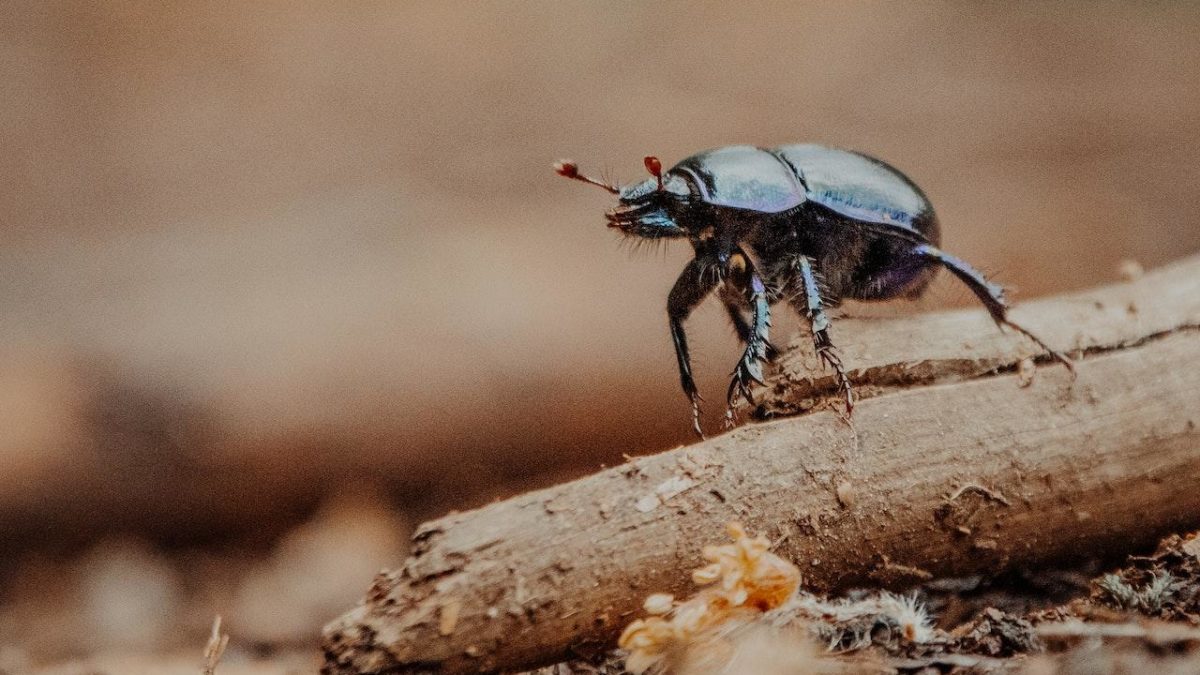
[…] damaging them and potentially killing them. But don’t worry, there are plenty of ways to keep bugs out of your houseplant soil and keep your plants […]